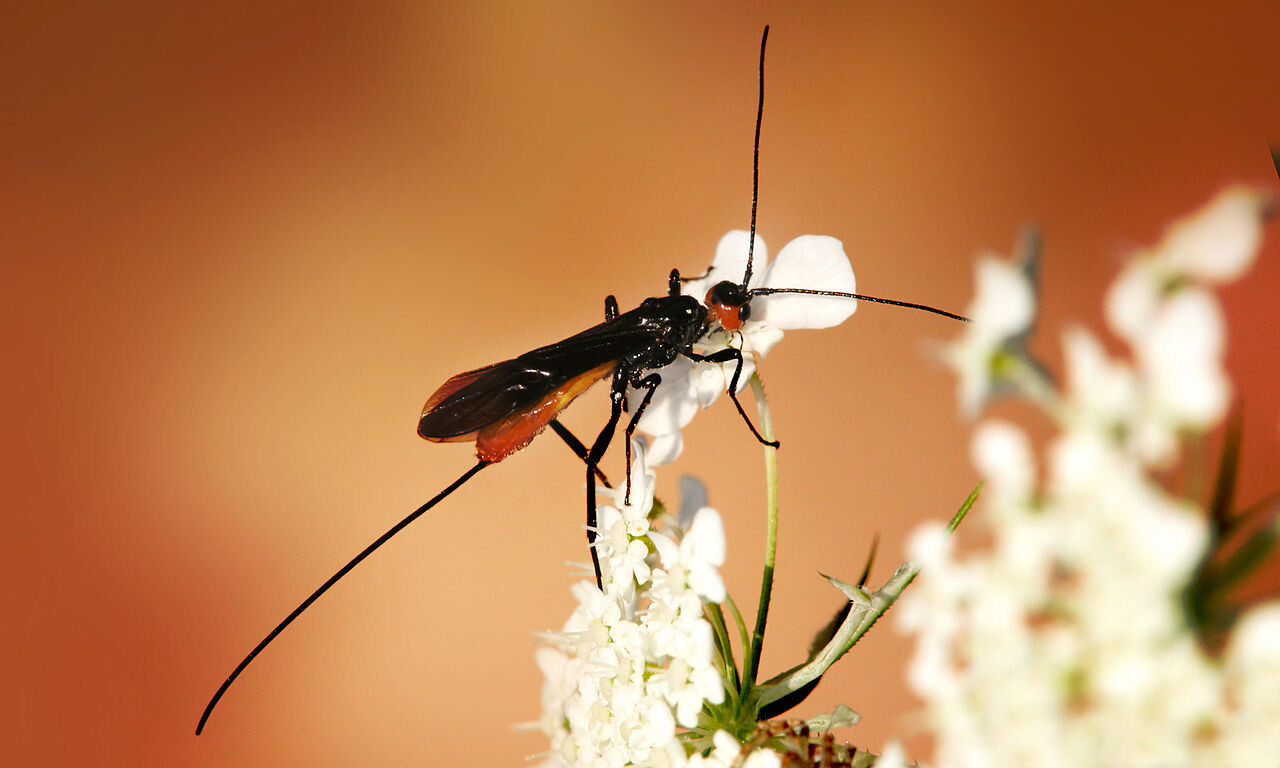Nuclear warfare has been on my thoughts these days. Possibly that’s as a result of watching Amazon Prime’s new Fallout sequence, or possibly it’s as a result of simply the fixed, terrifying state of our world. Both approach, for those who begin to consider nuclear warfare, you additionally inevitably begin to consider the glowing dystopia to observe — one thing that’s a complete lot extra enjoyable in films and TV when “whether or not your dad and mom are mutated now” isn’t a foremost concern.
One dwelling factor no one goes to be nervous about if atom bombs begin dropping, nonetheless, are cockroaches. The nasty little, occasionally-flying ovals have a popularity for having the ability to tank radiation, and are a stalwart occupant of any post-mushroom-cloud world. Which made me curious, why precisely? I notice they’ve a tricky, chitinous exterior, however that may’t be it, proper? In any other case we’d have geodesic domes made from cockroach casings serving as nuke-proof bunkers.
After a little analysis, it seems that the reply is each extra sophisticated — and cooler — than I anticipated. Not solely that, it is probably not a cockroach factor as a lot as an all-insects factor.
Earlier than we dive too far in, although, let’s pedant-proof this text no less than a bit bit. Cockroaches and different bugs aren’t proof against radiation, and if a nuclear occasion actually busted the glass out of each Geiger counter within the space, they’d seemingly additionally die. They’re, nonetheless, way more tolerant of radiation, to the purpose the place there completely is a degree of radiation that might decimate the mammal inhabitants whereas leaving bugs principally tremendous. So no, they’re not invulnerable, however the potential of a post-nuke insect world is possible.

And in that world, cockroaches aren’t even on the high of the checklist so far as bugs that may tank radiation go. Cockroaches can survive radiation at as much as 10 occasions the extent that might kill a human, however flour beetles in a MythBusters episode confirmed much more nuclear hardiness. And so they’re each put to disgrace by the parasitic wasp Braconidae, which can survive 300 occasions extra radiation than a human, as much as 180,000 rads.
So for those who have been grossed out by the concept of a ruined metropolis overrun with cockroaches, add a bunch of parasitic wasps to the combo!
Actually, all bugs are significantly better outfitted for a nuclear holocaust, and it’s due to how hardly ever their cells divide in comparison with people. As entomology researcher Paul Eggleton defined to Newsweek, “They’re much less prone to be affected by a sudden blast of radiation as they’re much less prone to be caught dividing.”
To the extent that my art-school mind is ready to perceive it, one of many foremost causes of cell dying in mammals from radiation is that it inhibits mitosis, or cell division. For a similar cause that our bone marrow and intestinal linings’ excessive cell turnover fee makes them closely prone to radiation, the sluggish cell division fee of bugs makes them extra tolerant.
So sure, cockroaches can deal with way more radiation than people and vertebrates on the whole, however so can nearly all bugs. Which means that if the Ice Age served because the handoff from dinosaurs to people, international nuclear warfare may in flip usher within the Age of Bugs — one I gained’t be that unhappy to overlook.

